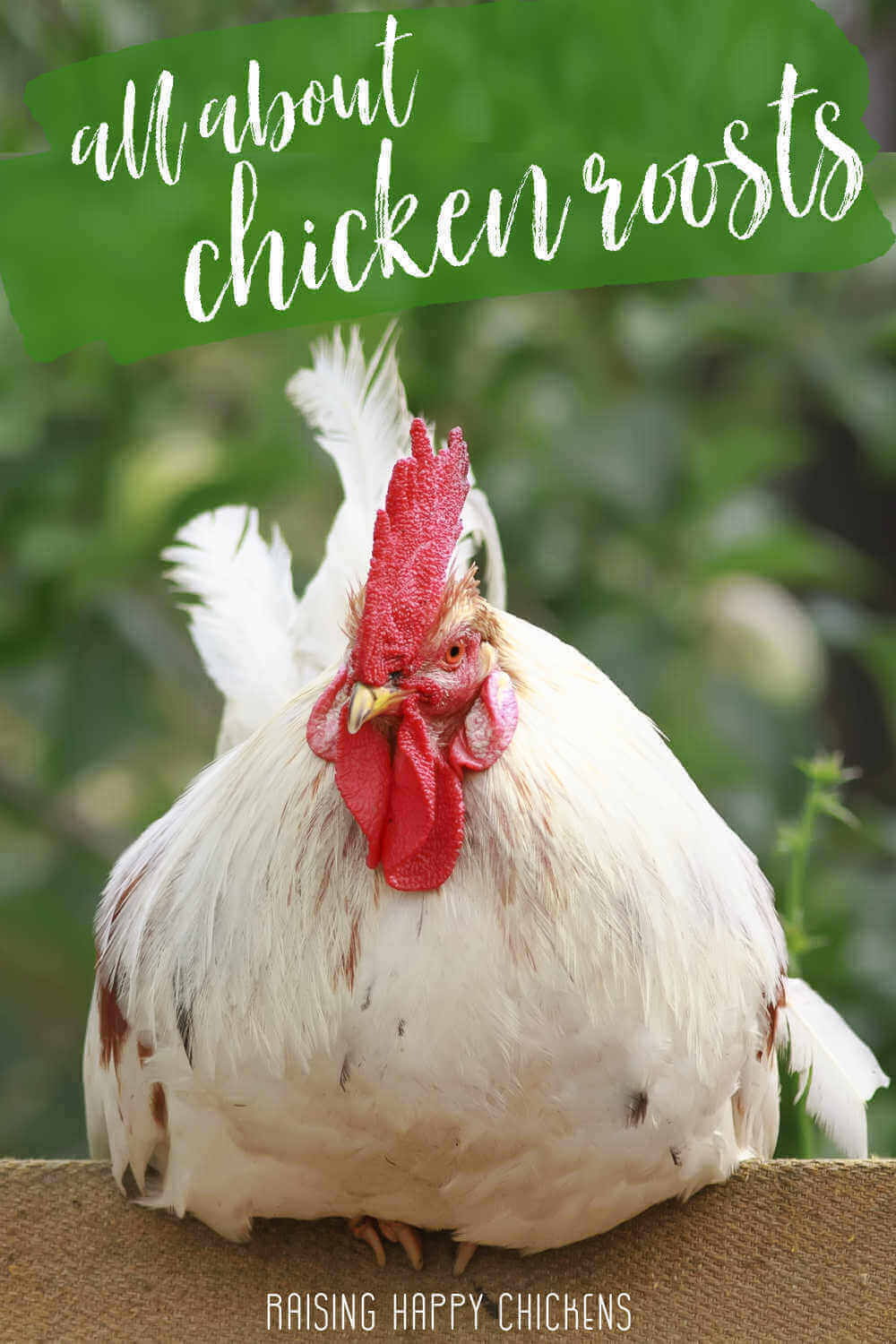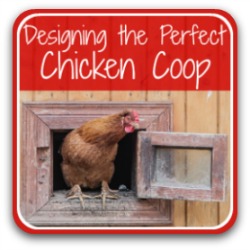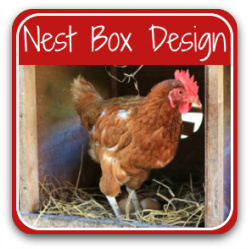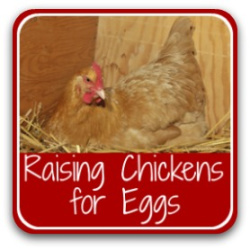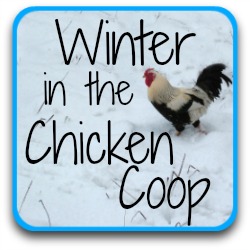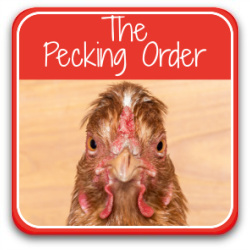Chicken coop roosts: are your chickens getting the best?
How to create roosts which give your flock a good night's sleep, help avoid illness, prevent frostbite and deter pecking order problems.
If you're confused about what type of roost is best for your flock, it's not surprising.
There's a lot of contradictory information on the internet about which type of roost is best: round, flat, square, square-with-a-bit-of-roundness; wood, plastic, foam lagging; up high, down low, somewhere in between...
In Europe, it's been illegal to keep chickens without perches since 1999 in both backyard and commercial coops(1).
Many studies were done before that law was introduced, looking at best husbandry practice for roosting.
Those studies provide a wealth of reliable, proven information.
Here, I use that information to help you unscramble the myths and decide which is best for your flock.
Let's start at the beginning.
What is a roost, and is it really necessary to provide one?
It's simply a place where chickens can safely rest, either during the day or, more commonly, when they come into the coop at night (or not!) to sleep.
It's a recognised welfare need of all birds, and chickens are no exception - hence why European law insists on perches, even for caged birds.
Roosts are third of the "Five Freedoms" - the global basis of the assessment of animal welfare:
"animals should be... free from thermal and physical discomfort by providing suitable shelter and a comfortable resting area".
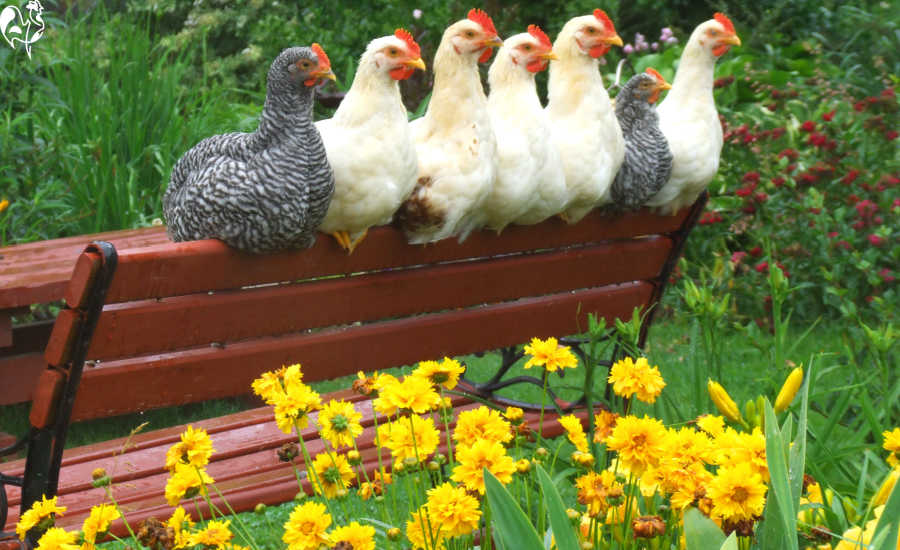 Give your chickens a comfortable place to rest.
Give your chickens a comfortable place to rest.If livestock is deprived of any of these Freedoms, it's recognised that their life is of a lesser, unacceptable, quality.
Why? Imagine if you had no safe place to sleep. How unsettled would you feel? Chickens are no different. Having nowhere to perch by day or at night creates an anxious flock. And an anxious flock is more prone to behaviours like feather pecking.
As well as being essential to meet welfare needs, it's also a physical development issue. Roosting has been shown to strengthen chickens' leg bones(2).
So a place to roost should always be provided for your flock. But what makes for a "comfortable resting area"? And what kind of perch is best for bone development?
During the day, you'll have noticed that your chickens will sit more or less anywhere: on fencing, on top of feeders, on the ground, in trees or bushes - particularly if there's food to be had...
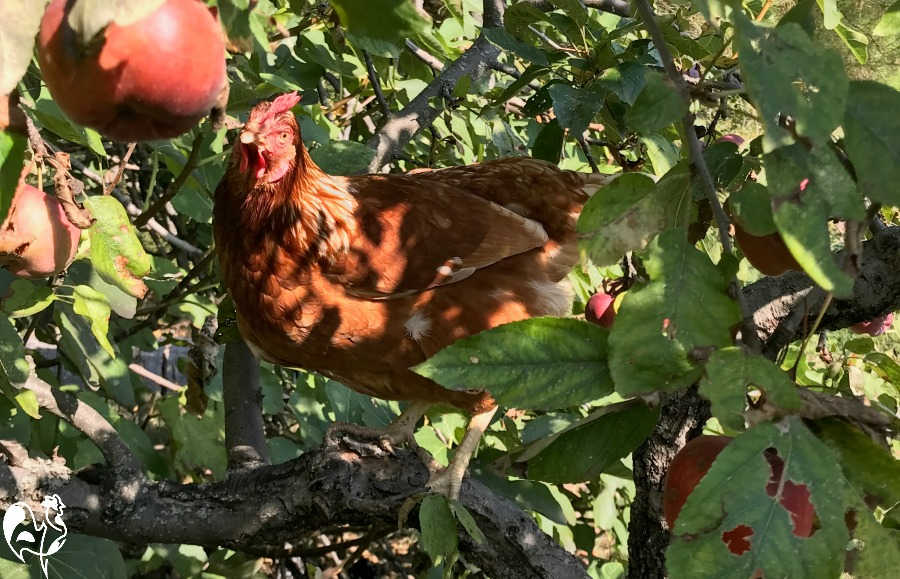 My Red Stars often fly into trees during the day to get the fruit, but perch on the roost at night.
My Red Stars often fly into trees during the day to get the fruit, but perch on the roost at night.By night, though, it's a different matter.
How do chickens sleep?
You may have seen your chickens asleep. They close their eyes, tip their head forward and sometimes, particularly if it's cold, tuck their beak under their wing to conserve warmth.
But have you ever wondered why chickens don't simply fall off their perch when they're asleep?
It's because they have a special "locking mechanism" which makes their toes cling to roosting bars even when they're sleeping. They don't curl their whole foot around the roost, though - just their toes. The rest of the foot is flat(2).
And that has a major impact when we come to look at perch sizes.
What should roosts be made of?
In the wild, chickens roost in trees. So to give them a natural experience, use wood.
For small chicks I use smaller branches from one of our pine trees. It's rough enough for them to grip properly.
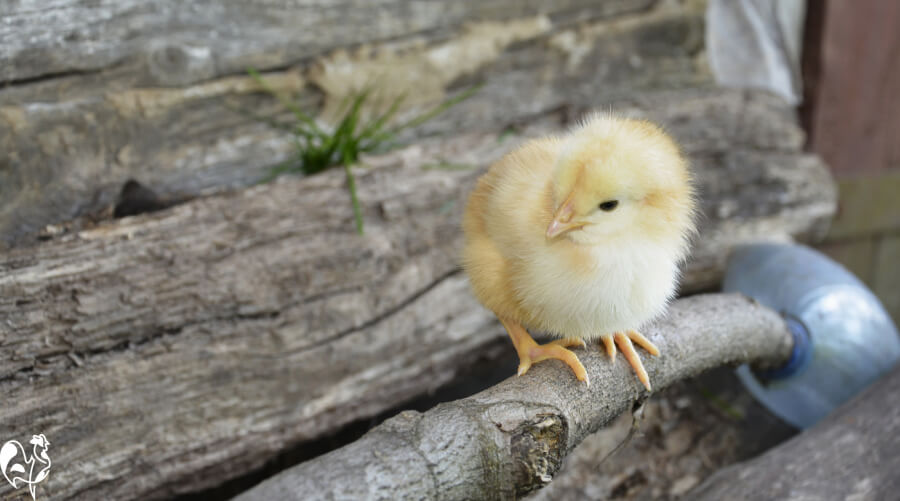 Small pine branches are good for chicks to perch on.
Small pine branches are good for chicks to perch on.For adults, use ordinary wood from a lumber yard - be sure it doesn't have splinters. We'll talk about shape and size later.
Using materials like plastic or metal tubing is not good. It's too slippy for the chickens to get a grip. Nor is it necessary to use "soft" surfaces - covering your roost in fabric, for example.
As with many things, the simpler, the better.
Should baby chicks be given a perch?
Yes. Chicks start to try to jump (or fly!) onto higher surfaces when they're as young as three or four days. At night, young chicks will roost under their heat lamp, but getting them used to different types of perch at a young age is a must.
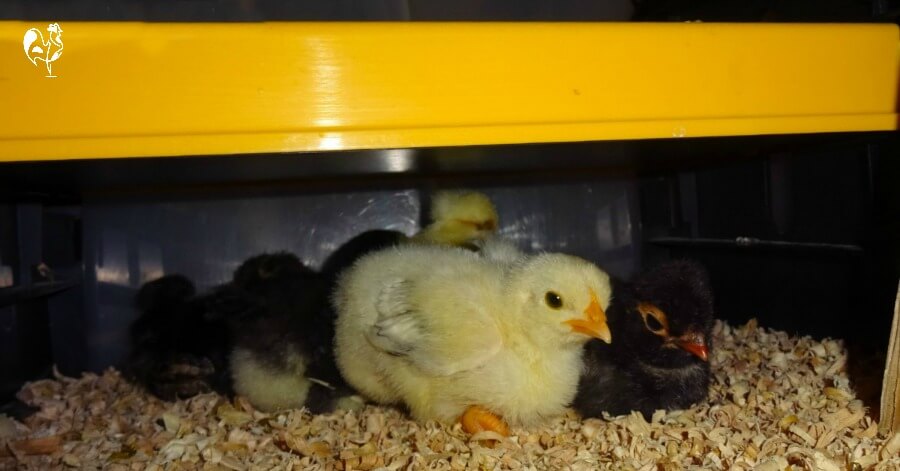 Some of my 2 day old chicks, roosted under their Brinsea heat lamp.
Some of my 2 day old chicks, roosted under their Brinsea heat lamp.It's good for bone strength, and develops their ability to cling onto a perch. Studies(3) have also shown that introducing chicks to perches before the age of 8 weeks significantly reduces the number of eggs they'll lay on the floor as adults.
And it's very entertaining to watch them hopping on and off during the day.
Their first outing "up high" is often to the perch on top of their heat lamp. If you use something like the Brinsea brooder lamp, you'll know what a mess they can make!
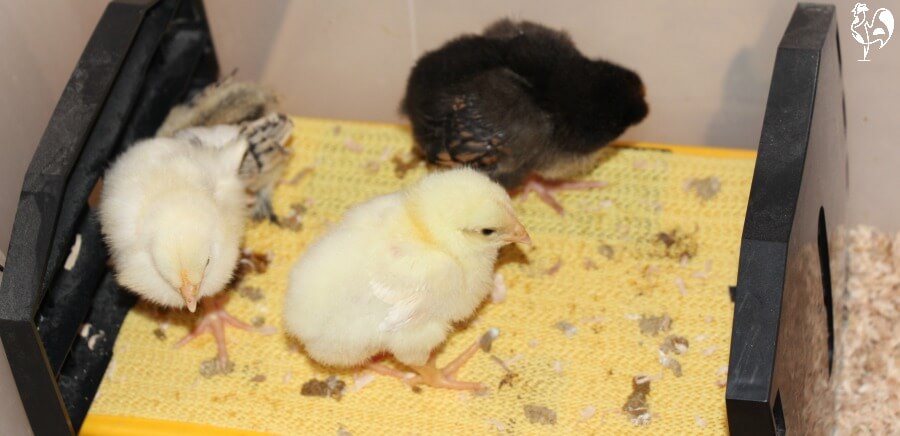 Some of my chicks at 7 days old, exploring their Brinsea heater as a place to roost!
Some of my chicks at 7 days old, exploring their Brinsea heater as a place to roost!Don't give them even low perches until they're around 4 weeks old - heavier breeds about 6 weeks, when their bones are more developed.
Some heavy breeds like the Orpington, for example, will prefer to roost on the floor as a chick. That's perfectly fine. Once they're introduced into a Big Girls' coop, they'll like low roosts.
A word about broilers.
If you're raising broiler chicks - which, incidentally, I do not recommend - don't give them a perch. They grow much too rapidly, and it's known to damage their keel bones.
How much roosting space should chicks have?
As a rule of thumb, allow around 10 cm (4") of perch per chick, starting on the floor to prevent them having to jump before their bones are properly formed.
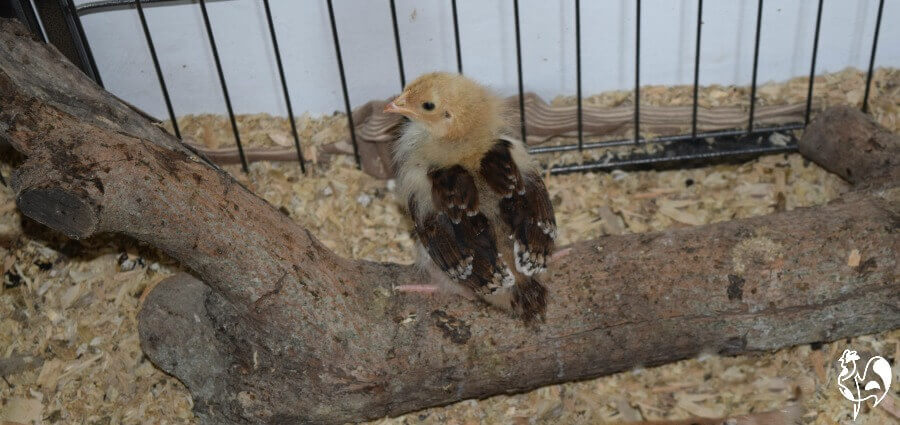 One of my three week old Speckled Sussex chicks enjoying a "roost" - place on the floor at first.
One of my three week old Speckled Sussex chicks enjoying a "roost" - place on the floor at first.For lighter breeds who tend to want to test their flying skills early, I add a perch higher up.
Of course there's a danger then that they'll fly right out of the brooder!
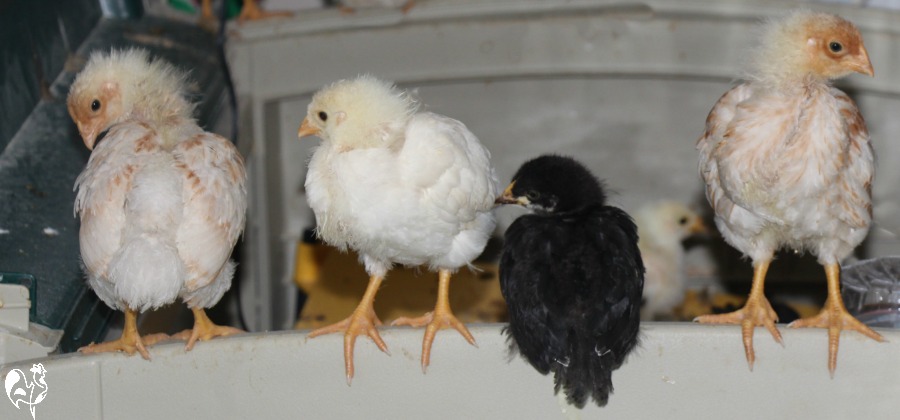 Some of my five week old chicks ruling the roost on the side of their brooder!
Some of my five week old chicks ruling the roost on the side of their brooder!What should adult chicken roosts look like?
How wide?
In two experiments(6) where twelve different groups, each of four hens, could choose between seven different perch widths ranging from 1.5cm (just over 0.5") and 10.5cm (4"), the most popular was 4.5 cm (2") to 6 cm (2.5").
Any wider and the chickens can't grip with their back toes, so they find it hard to keep their balance during the night. It may even encourage them to roost on the floor, or outside.
Perches narrower than 1.5 cm (0.5") were found to be potentially harmful to laying hens(6, 7). The keel bone - in humans we'd call this the breast bone - is easily damaged, and a narrow perch can increase that likelihood.
2" x 2" has become accepted as the standard for large breeds. It's approved by leaders in poultry care, such as the UK's Poultry Club and experts like Gail Damerow.(8, 9)
Because chickens cling with their toes, the roost should be flat, but with slightly rounded corners front and back. So if you buy (for example) a standard piece of 2 x 2, make sure to round off the top edges.
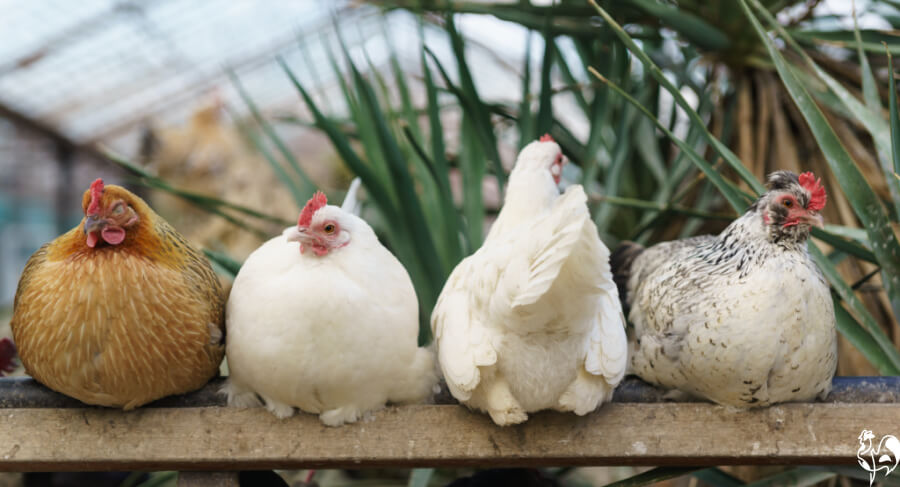 Make your perches 2 x 2, and long enough to fit your flock comfortably.
Make your perches 2 x 2, and long enough to fit your flock comfortably.For bantams, the size should be reduced accordingly to between 1" and 1.5" to give them the same ability to grip. (Many thanks to Kerri, one of my newsletter subscribers, for asking this question which I'd previously forgotten!).
How long?
This depends on the size of your flock.
Studies conclude that to be able to roost comfortably, there should be at least 20cm (8") for smaller chickens and bantams, 25cm (10") for larger breeds.
If there's not enough space on one roost for all your flock, simply add more. The roosts should be at least 46cm (18") apart. For a "ladder" type arrangement, the perches should be 36cm (12") apart both vertically and horizontally.
A perch full of chickens can be heavy. Make sure it's held securely with something like heavy duty joist holders, which also provide an easy way of removing the roosts for cleaning.
If necessary, add a vertical brace partway along the length to strengthen it even more.
How high?
Chickens living in the wild prefer to roost high up, generally in trees- to keep as safe from predators as possible.
But many modern chicken breeds look nothing like the original "gallus gallus". They've been bred to provide more meat, so they're heavier.
Too heavy for high roosts, unless they have an easy way of reaching them.
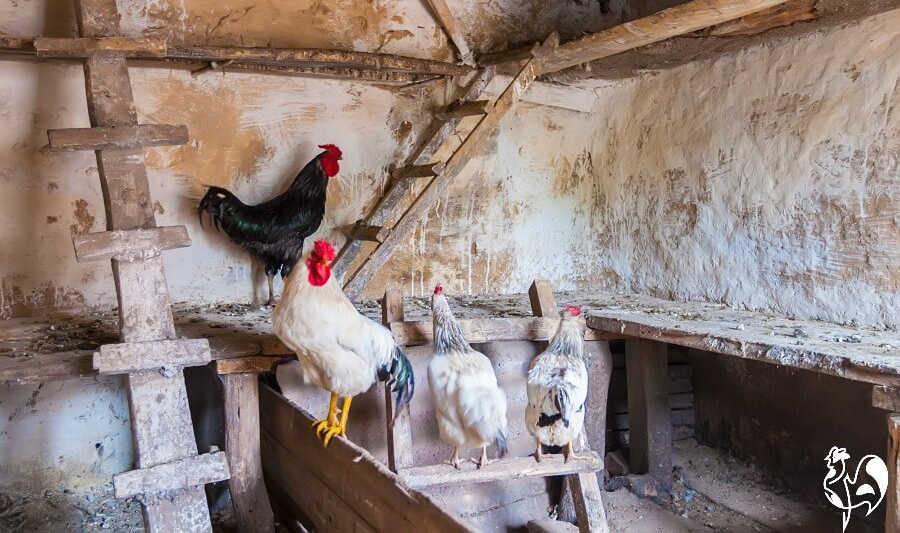 Make sure the flock has a way of easily reaching roosts if they're up high.
Make sure the flock has a way of easily reaching roosts if they're up high.Studies have shown definitively that providing aerial perches, no matter how well intentioned, can lead to serious bone injuries.(4, 5, 7, 8 and 9)
The keel bone, legs and feet are all at risk if chickens have no way of easily hopping up and down. So by all means provide your flock with high roosts - but make sure there is some kind of ladder system to help them move between levels.
Where should the roost be located?
You know how some people like to make first claim on sunbeds at the beach first thing in the morning? It's much the same with chickens and roosting.
In a fascinating study(10), hens were shown to prefer perches close to nest boxes - so they could be first off the mark as soon as dawn hit!
And conversely, roosts positioned further away from nest boxes were less well used.
But don't place your roosting bars so near - especially to nest boxes with flat rooves that the chickens poop all over them in the night, or choose a nest box to roost in rather than their perch.
Cleaning the roost.
Whichever kind of roost you use, make sure it's easily removed for deep cleaning.
As well as scraping off poop, which should be done every day, you need to check periodically for mites.
Red mites love to hide during the day, and come out at night. The joint between roosts and the wall is a favourite place.
For information about how to look for and get rid of them, see this article.
What about roosting behaviour?
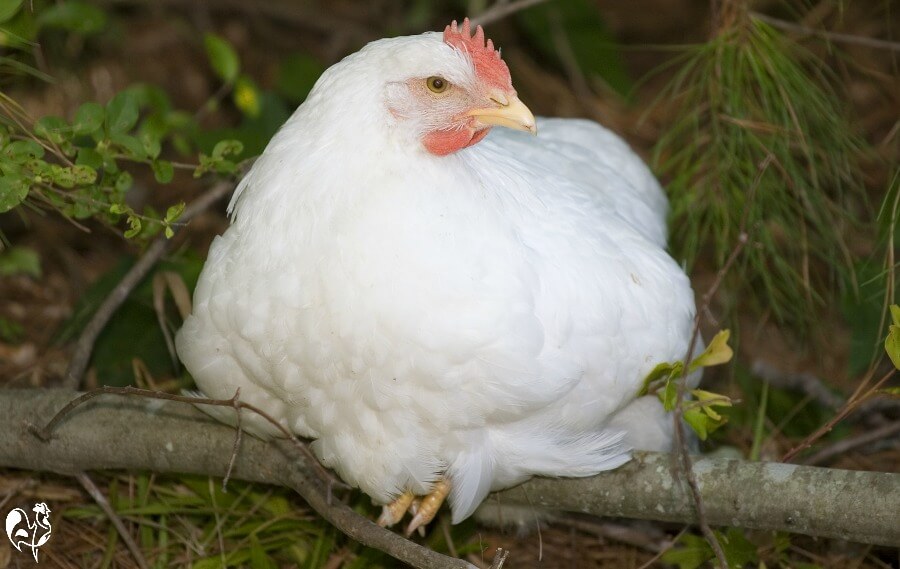
However careful we are to create the perfect roosting place, chickens don't always appreciate them.
There are various reasons why our flock might not return to the roost at night. If you've ever spent hours trying to chase a stubborn hen down out of a tree, you'll know how frustrating it can be!
In my upcoming article about roosting behaviour, I look at these and other roosting issues.
Sources.
1. European Directive on Laying Hens, 1999. (updated 2012).
2. Sandiland, Dr V: Chicken Behaviour and Welfare. University of Edinburgh certificated course, 2019.
3. Drs C. Avory, M C Jack and V Sandilands: Behavioural responses to different floor space allowances in small groups of laying hens. Pub. Journal of British Poultry Science, 2006.
4. Donaldson, C J, Ball, M E and O'Connell, N E: Aerial perches and free-range laying hens: the effect of access to aerial perches on keel bone in juries in commercial free-range laying hens. Pub. National Center for Biotechnology Information, 2012.
5. Sandilands, Dr V: Providing laying hens with perches: fulfilling behavioural needs but causing injury? Pub. Journal of British Poultry Science, 2009.
6. Struelens, Dr E et al: Perch width preferences of laying hens. Pub. British Journal of Poultry Science, 2009.
7. Pickel, T, et al: Pressure load on keel bone and foot pads in perching laying hens in relation to perch design. Pub. National Center for Biotechnology Information 2011
8. Damerow, Gail: Storey's Guide to Raising Chickens. Pub. Storey, 1997; updated 2017.
9. Damerow, Gail: Damerow - The Chicken Health Handbook. Pub. Storey,1994; updated 2015.
10. Moesta, A et al: Space use at night and social relationship between roosting partners in a large flock of laying hens. Pub. British Journal of Poultry Science, 2012.
